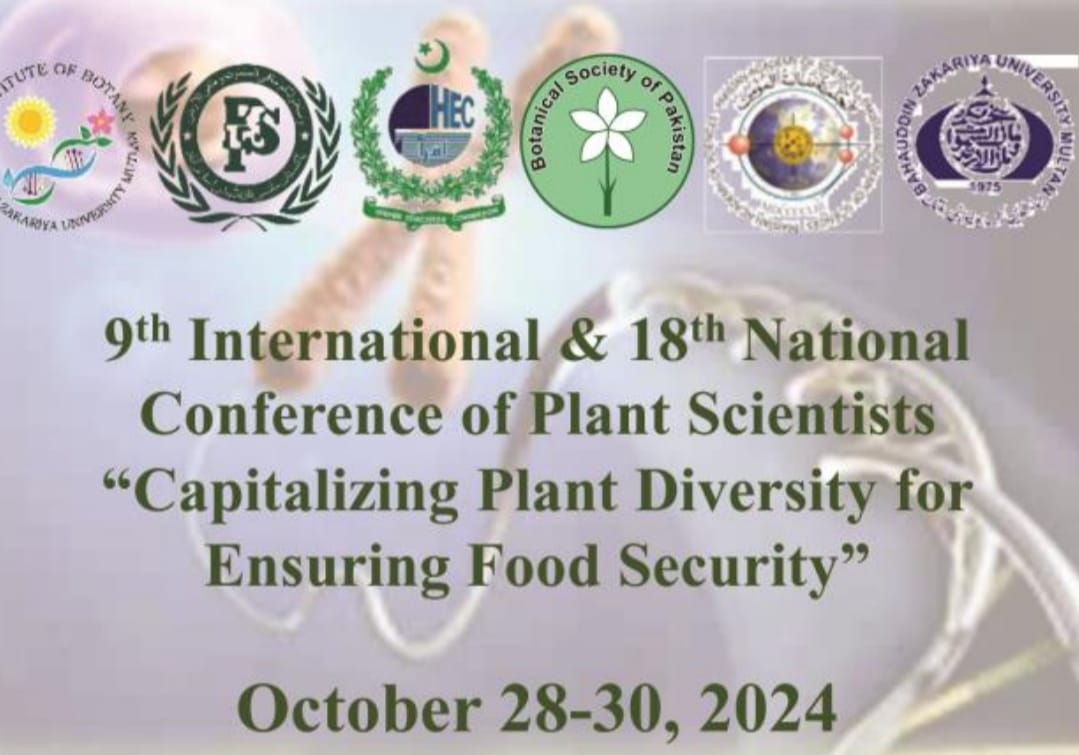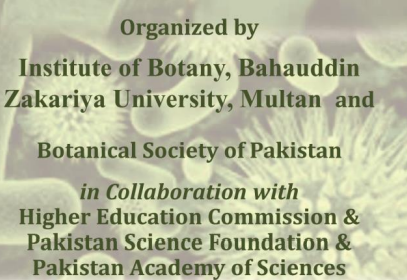
PJB-2024-402
Amelioration of soybean seeds viability by nano-priming of phyto-synthesized nanoparticles
M. Waseem Zulifqar, Farooq Ahmad Khan, Muqadas Aleem and Haroon Zaman Khan
Abstract
Soybean is a legume as well as an oil seed crop worldwide. The Yield potential of the crop is being hampered by various factors. Poor germination is the leading cause of yield reduction. Seed priming is an important technique to boost the germination percentage. The present research work was executed to probe the seed priming potentials of some photosynthesized nanoparticles. The nanoparticles were prepared using plant extracts of Azadirachta indica, Eucalyptus globulus and Syzygium cumini and applied as seed priming agents to three soybean varieties; Ajmeri, Faisal, and Rawal-1 at different concentrations. Results of the germination percentage of soybean seeds primed with the nanoparticles revealed the germination ranged from 74-98%, while in the case of plant extracts, the maximum germination was ranged 70-86%. In case of seedling root length, maximum (9.63 cm) was recorded in soybean seeds of the ajmeri variety primed with 80 mg/L of S. cumini nanoparticles, while the lowest (6.50 cm) at 60 mg/L of the same plant extract nanoparticles. Plant extracts showed comparatively greater values than the nanoparticles. The value of root fresh weight in case of nano-priming were ranged 0.66-4.98 g comparatively superior over plant extracts i.e., 0.51-4.95 g. Maximum root dry weight (0.49 g) was recorded in case of C1×NP1×V3 whereas lowest mean root dry weight (0.10 g) was recoded in case of C1×NP1×V1. The values of other growth parameters were recorded as superior in the case of nano-priming than plant extracts seed priming. From the results, it can be concluded that nano-priming of soybean seed can boost up the germination potential, leading maximization of the crop yield.
To Cite this article: Zulifqar, M.W., F.A. Khan, M. Aleem and H.Z. Khan. 2025. Amelioration of soybean seeds viability by nano-priming of phyto-synthesized nanoparticles. Pak. J. Bot., 57(5): DOI: http://dx.doi.org/10.30848/PJB2025-5(31)
Download PDF


